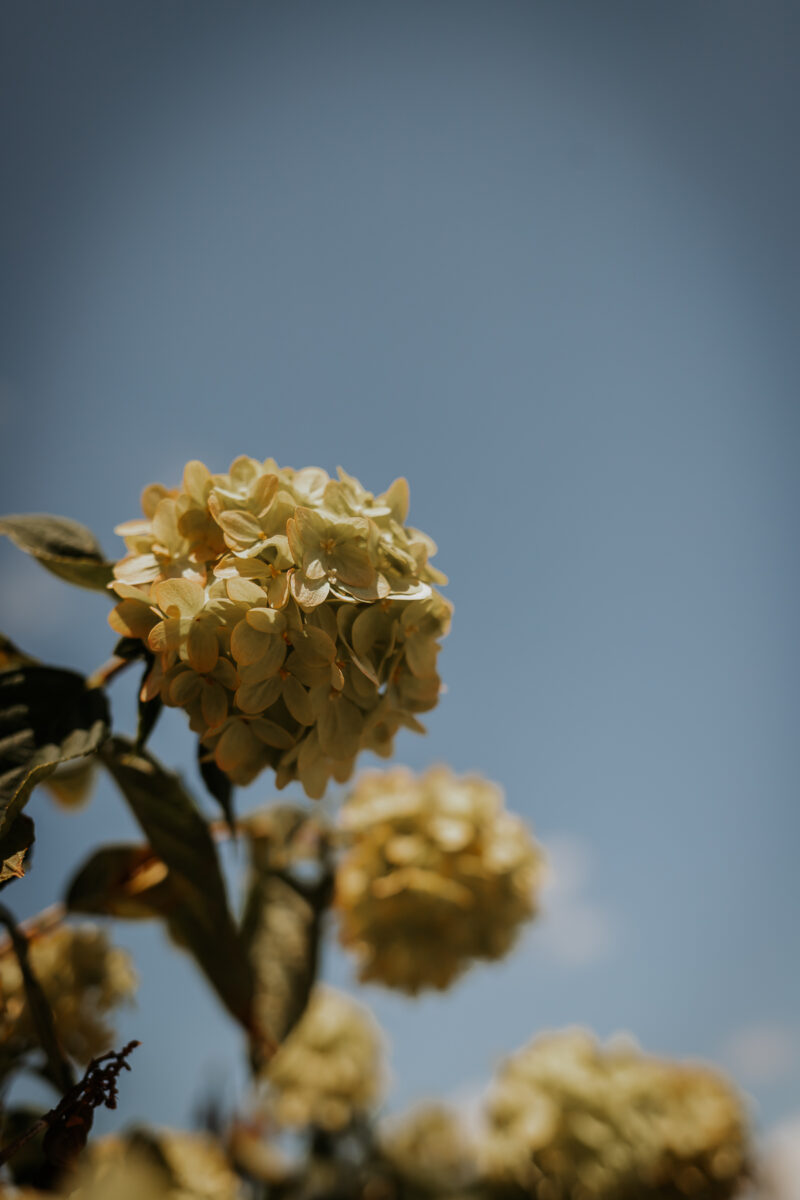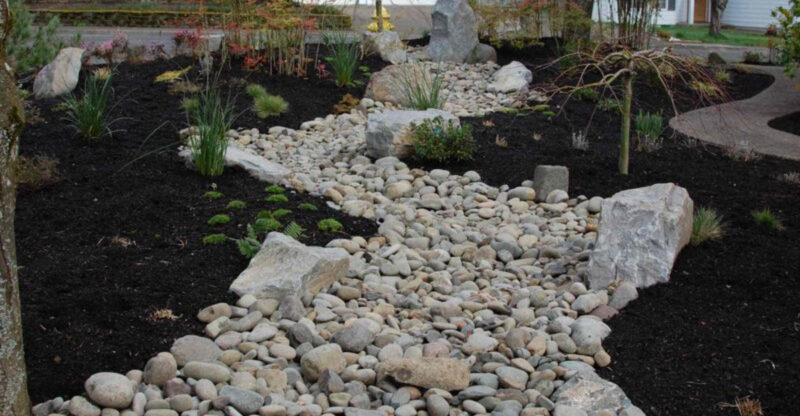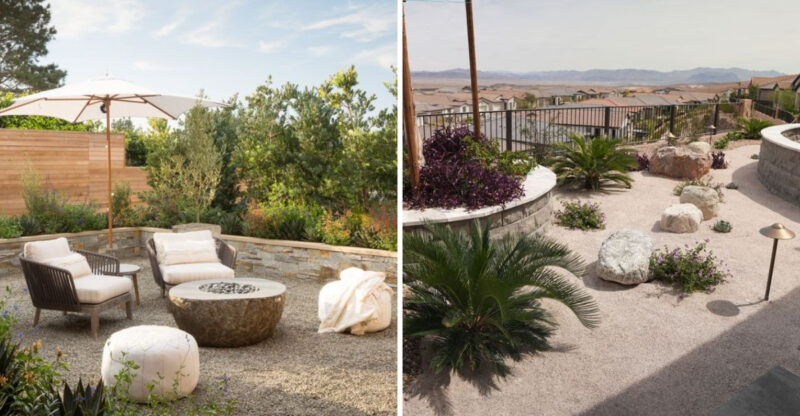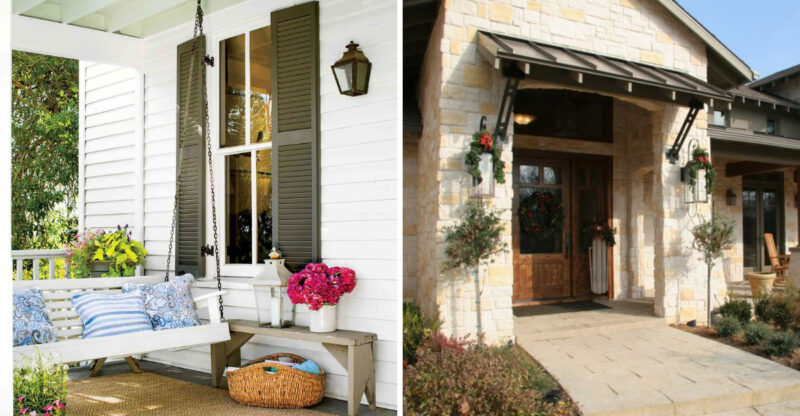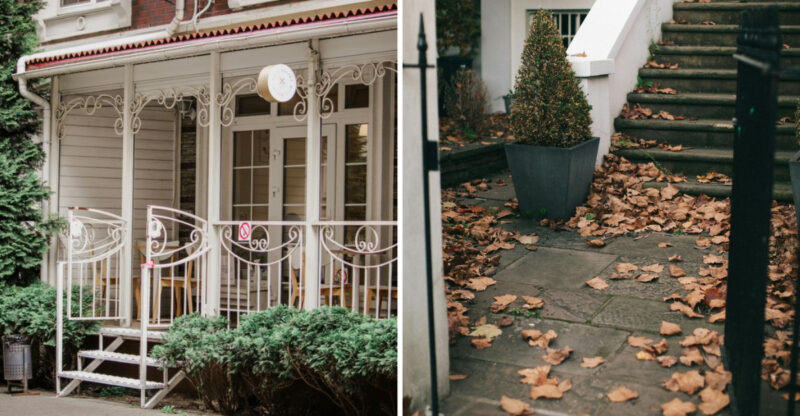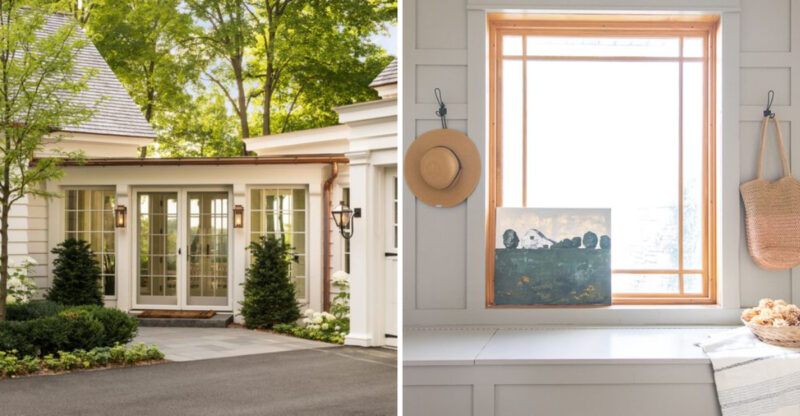Exploring Marietta’s History Through 13 Beautifully Preserved Home Exteriors
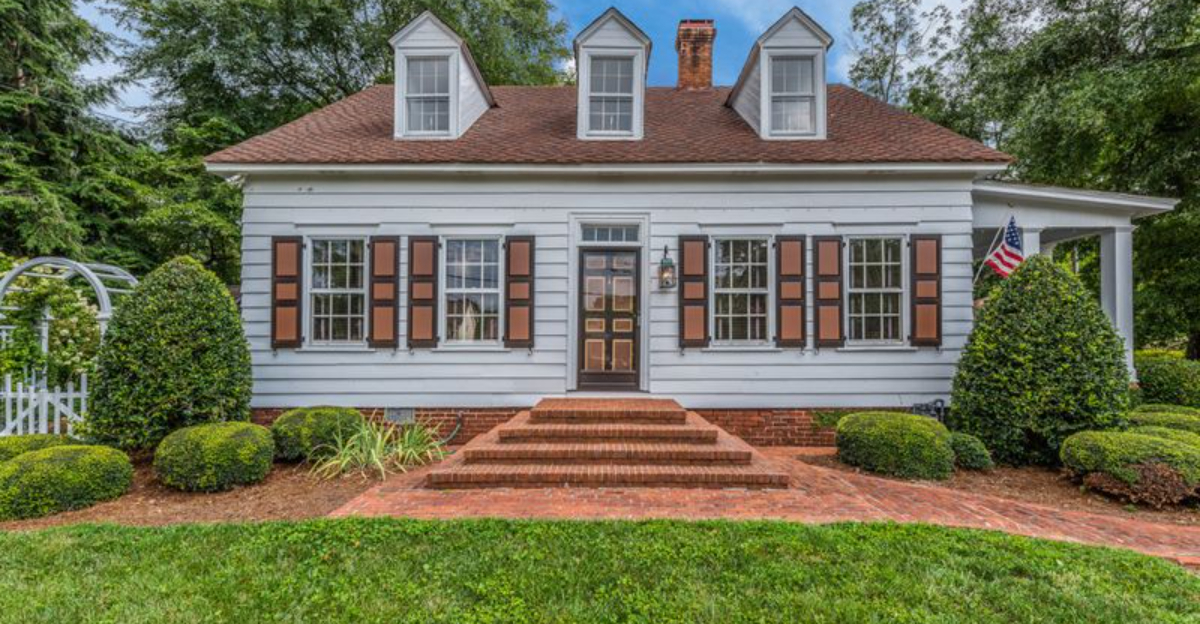
Walking through Marietta’s tree-lined streets feels like stepping back in time.
The city’s rich architectural heritage tells stories of Civil War survival, Victorian prosperity, and Southern resilience.
These 13 beautifully preserved home exteriors offer fascinating glimpses into Marietta’s past, showcasing the craftsmanship and historical significance that make this Georgia gem so special.
1. Glover–McLeod–Garrison House
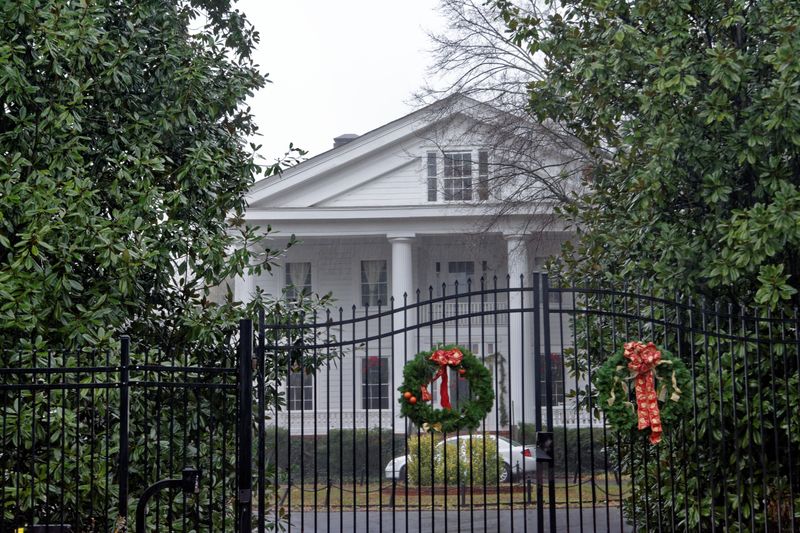
Standing proudly since 1848, this Greek Revival treasure survived Sherman’s March to Atlanta. The symmetrical façade features elegant columns supporting a triangular pediment, creating that classic Southern plantation look we all recognize from history books.
The wrap-around porch invites visitors to imagine sipping lemonade while watching horse-drawn carriages pass by. White clapboard siding gleams in the Georgia sunshine, a testament to careful preservation efforts.
Did you know this home changed hands three times during the Civil War? Each family left their mark on the property, from the ornate ironwork to the hand-carved window frames that still remain perfectly intact today.
2. William Gibbs McAdoo House
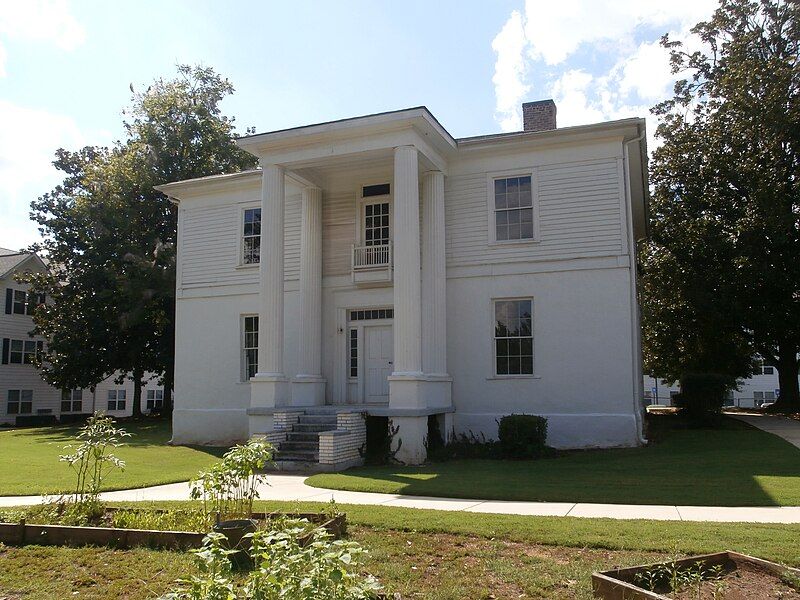
Secretary of the Treasury under President Wilson once called this magnificent Victorian home his own. Built in 1895, the house showcases elaborate gingerbread trim, a three-story turret, and fish-scale shingles that catch the eye of every passerby.
The asymmetrical design follows Queen Anne style with multiple gables and a welcoming front porch perfect for neighborhood gatherings. Painted in period-appropriate colors sage green with cream and burgundy accents it’s a photographer’s dream.
During restoration in the 1970s, workers discovered original wallpaper and a hidden servant staircase. Today, the exterior remains faithful to its original glory, complete with authentic wooden storm windows and decorative brackets under the eaves.
3. Andrew J. Cheney House
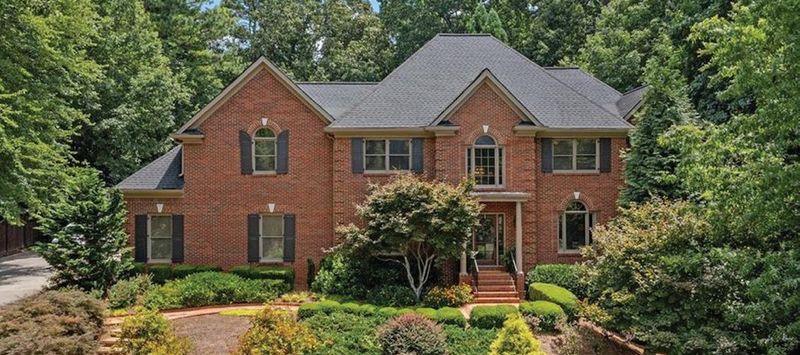
Brick by brick, this Italianate masterpiece tells the story of Marietta’s post-Civil War recovery. The low-pitched roof with wide overhanging eaves creates dramatic shadows across the façade throughout the day.
Tall, narrow windows with ornate hoods allow natural light to flood the interior while maintaining the home’s distinctive architectural character. The front entrance features double doors with etched glass panels and an elaborate surround that speaks to the craftsmanship of a bygone era.
How fascinating that the Cheney family operated one of Marietta’s first successful businesses after the war! Their prosperity shows in every architectural detail, from the decorative quoins at the corners to the bracketed cornice that crowns this historic treasure.
4. Frobel‑Knight‑Borders House
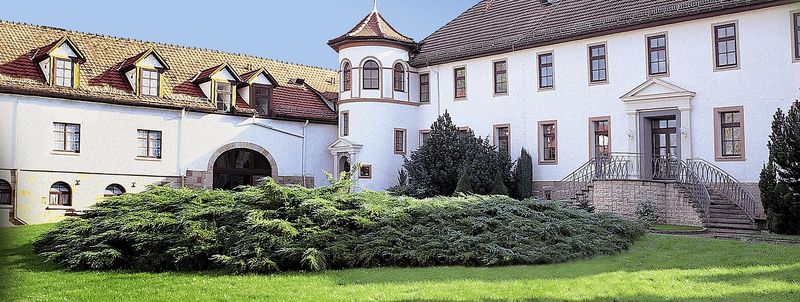
Weathered brick tells stories of three prominent Marietta families who shaped local history. This Federal-style home dates to 1838, making it one of the oldest surviving structures in the area.
The symmetrical façade features precisely placed windows with original shutters that still function perfectly. A simple yet elegant portico shelters the front entrance, supported by slender columns that demonstrate the restrained elegance of early American architecture.
When the Knight family purchased the home in 1862, they added the side wing with its own separate entrance. The property survived Union occupation during the Civil War, though family diaries mention soldiers camping in the front garden and using the detached kitchen for their own meals.
5. William Root House Museum
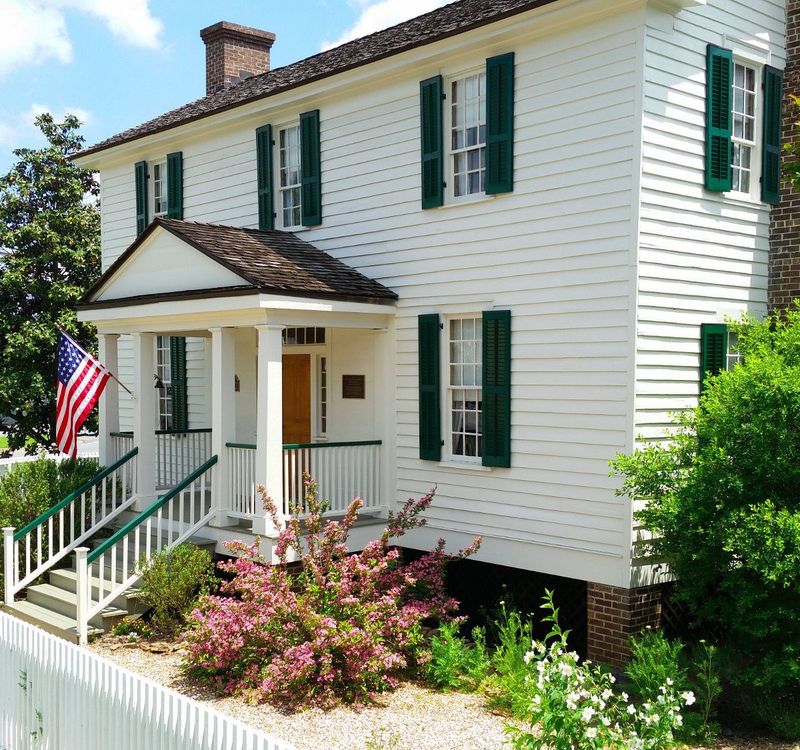
Time seems to stand still at this humble yet historically significant home from 1845. Unlike Marietta’s grander mansions, this modest dwelling represents how middle-class merchants actually lived before the Civil War.
The simple clapboard construction and basic gabled roof reflect practical building techniques of the era. Though not imposing, the home’s clean lines and balanced proportions show thoughtful design that has stood the test of time.
Are you curious about the unusual blue color? Researchers analyzed paint chips to determine the original exterior color, which was recreated during restoration. The front yard features heritage plants documented to have grown in Marietta gardens during the 1850s, completing this authentic glimpse into everyday life in antebellum Georgia.
6. Brumby Hall
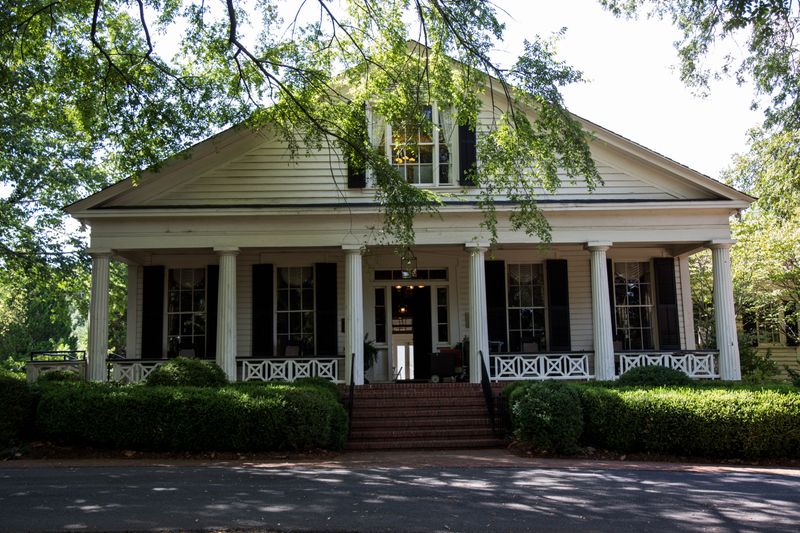
Magnificent white columns reach skyward, supporting a grand pediment that announces this home’s importance to all who pass by. Built in 1851 by Colonel Arnoldus Brumby, superintendent of the Georgia Military Institute, this Greek Revival mansion exemplifies antebellum Southern prosperity.
The symmetrical design features floor-to-ceiling windows that provided crucial cross-ventilation during Georgia’s sweltering summers. Flanking dependencies connected by covered walkways once housed the kitchen and servants’ quarters, keeping the main house cooler.
Though the home survived Sherman’s March, it bears a cannonball scar on the north façade. Legend says Mrs. Brumby’s quick thinking saved the mansion she reportedly invited Union officers to dinner, convincing them to spare the property from the flames that consumed much of Marietta.
7. Blair‑Wright‑Johnson House
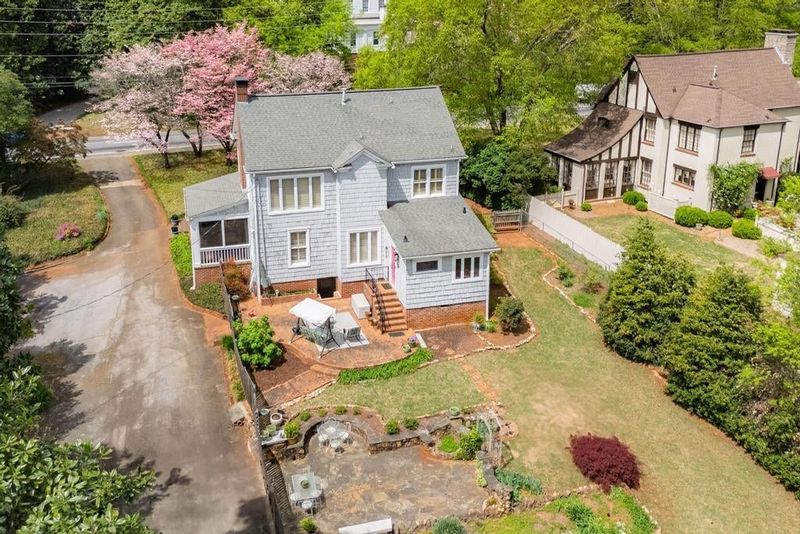
Hidden behind ancient oak trees draped with Spanish moss, this Gothic Revival cottage appears straight from a fairytale. Steep gables adorned with intricate bargeboard create a distinctive silhouette against the Georgia sky.
The front porch features delicate spindle work and a scalloped frieze that demonstrates the Victorian love of ornate decoration. Diamond-paned windows and a rounded turret corner add to the storybook charm that makes this home a neighborhood favorite.
If walls could talk, these would tell of three prominent families and their contributions to Marietta’s development. The Johnson family’s 1890s addition seamlessly blends with the original 1860s structure, showcasing how historic homes evolve while maintaining their character a living architectural timeline you can study from the sidewalk.
8. Church Street Victorian Home
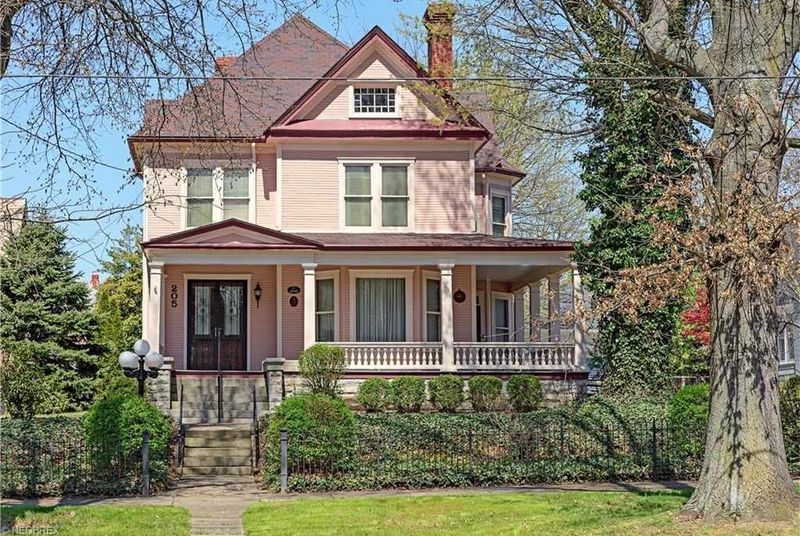
Bursting with color and personality, this painted lady showcases the exuberance of High Victorian architecture. Multicolored trim highlights architectural details against a backdrop of rich purple siding a palette that would have been considered fashionable when the home was built in 1887.
The asymmetrical façade features a prominent bay window, multiple roof lines, and a wraparound porch supported by turned posts. Decorative brackets, spindles, and cut-out designs create the “gingerbread” effect that makes Victorian homes so distinctive.
Though meticulously restored to period accuracy, this home serves as a modern family residence. Current owners spent three years researching appropriate colors and details, even commissioning custom-milled trim to match fragments found during renovation proof that preserving history requires both passion and patience.
9. Neo‑Classical Revival Mansion
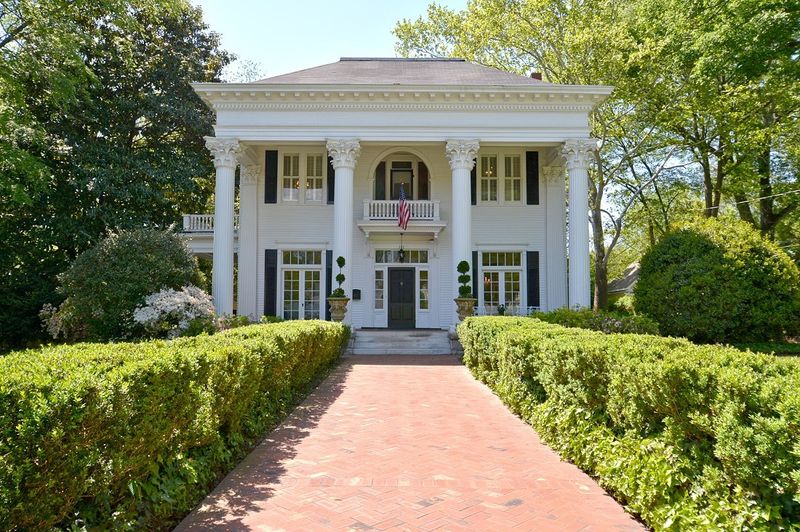
Grandeur defines this imposing Neo-Classical Revival mansion built for a cotton merchant in 1905. The monumental portico supported by massive Ionic columns creates an unmistakable presence on Marietta’s historic skyline.
Perfectly symmetrical in design, the façade features a central entrance with fanlight and sidelights, balanced by matching windows with decorative lintels. The low-pitched hipped roof supports a widow’s walk a reminder of architectural influences from coastal areas.
During the Roaring Twenties, this mansion hosted legendary parties where Atlanta’s elite mingled with Hollywood stars traveling through Georgia. The original carriage house remains intact at the rear of the property, now converted to a guest cottage that maintains the architectural integrity of the main house while serving modern needs.
10. Cherokee Street Cottage
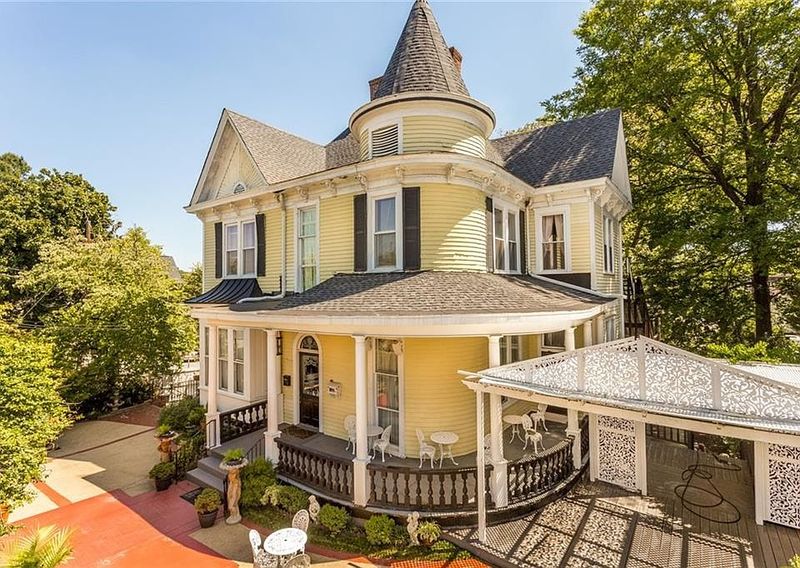
Charm radiates from every corner of this Folk Victorian cottage that graces Cherokee Street with its unpretentious beauty. Unlike Marietta’s grand mansions, this modest home represents how working-class families lived during the late 19th century.
The simple rectangular form is enhanced by a welcoming front porch with delicate turned posts and decorative brackets. Fish-scale shingles in the front gable and a bay window add visual interest without extravagance – affordable Victorian touches for middle-income homeowners.
When did the distinctive yellow and white color scheme first appear? Historic photos from 1910 show these same cheerful colors, which current owners have faithfully maintained. The picket fence and cottage garden complete this quintessential American scene that has welcomed generations of Marietta residents.
11. Eliza & Robert McAfee House
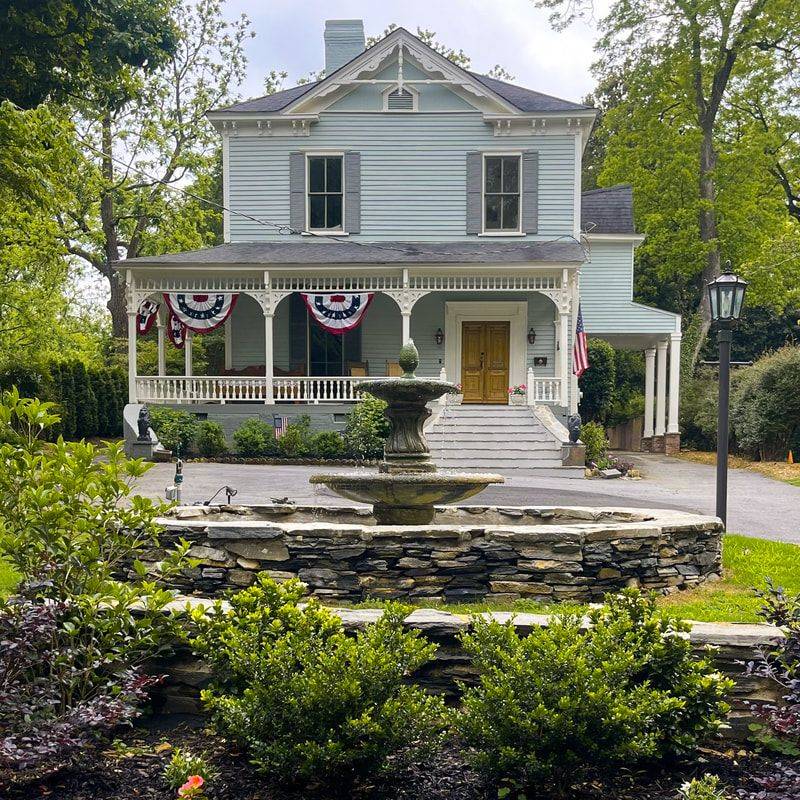
Romance blooms in the architectural details of this enchanting Second Empire home, built as a wedding gift in 1872. The distinctive mansard roof with decorative slate tiles creates an unmistakable silhouette that stands out among Marietta’s historic homes.
Tall, narrow windows with elaborate hoods draw the eye upward to dormer windows that punctuate the steep roof. The wraparound porch features ornate cast iron columns an unusual choice that reflects French influences popular during the post-Civil War era.
This architectural gem narrowly escaped demolition in the 1960s when a preservation-minded couple purchased it just days before scheduled destruction. Their careful restoration revealed original copper finials and cresting along the roofline, features that had been hidden under decades of repairs and now shine in the Georgia sunshine.
12. Whitlock Avenue Historic Home
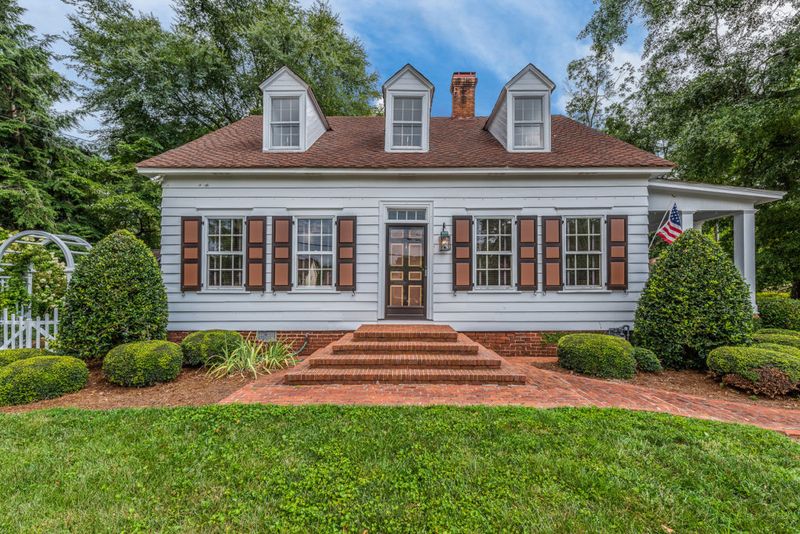
Stately and serene, this Colonial Revival home has watched over Whitlock Avenue since 1915. The perfectly balanced façade showcases a central portico with slender columns supporting a second-floor balcony a design element that bridges Southern tradition with early 20th century tastes.
Symmetrically placed multi-pane windows with operable shutters flank the central entrance, which features a fanlight and sidelights in the Federal style. The brick exterior received a whitewash treatment that softens the home’s appearance while providing protection from Georgia’s humid climate.
Though a century old, this home incorporates forward-thinking features like deep roof overhangs that shield windows from summer sun while allowing winter light to warm the interior. Such thoughtful design elements demonstrate why these historic homes remain comfortable and functional even by modern standards.
13. Historic Homes on Cherokee & Church Streets
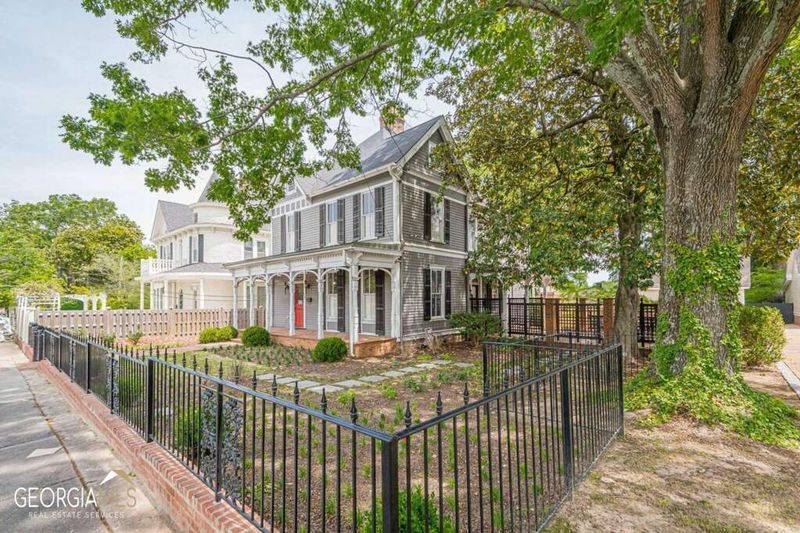
Variety defines this charming streetscape where architectural styles from different eras stand shoulder to shoulder. Walking along these historic blocks feels like turning pages in Marietta’s architectural history book.
The eclectic mix includes Greek Revival, Italianate, Queen Anne, and Craftsman homes each representing the tastes and prosperity of different periods in the city’s development. Cast iron fences, brick sidewalks, and mature oak trees create a cohesive atmosphere despite the diversity of building styles.
Many homes display plaques noting their construction dates and original owners, creating an outdoor museum of domestic architecture. This neighborhood survived both Sherman’s March and 20th-century development pressures thanks to dedicated homeowners who recognized the value of preserving Marietta’s architectural heritage for future generations to appreciate.

